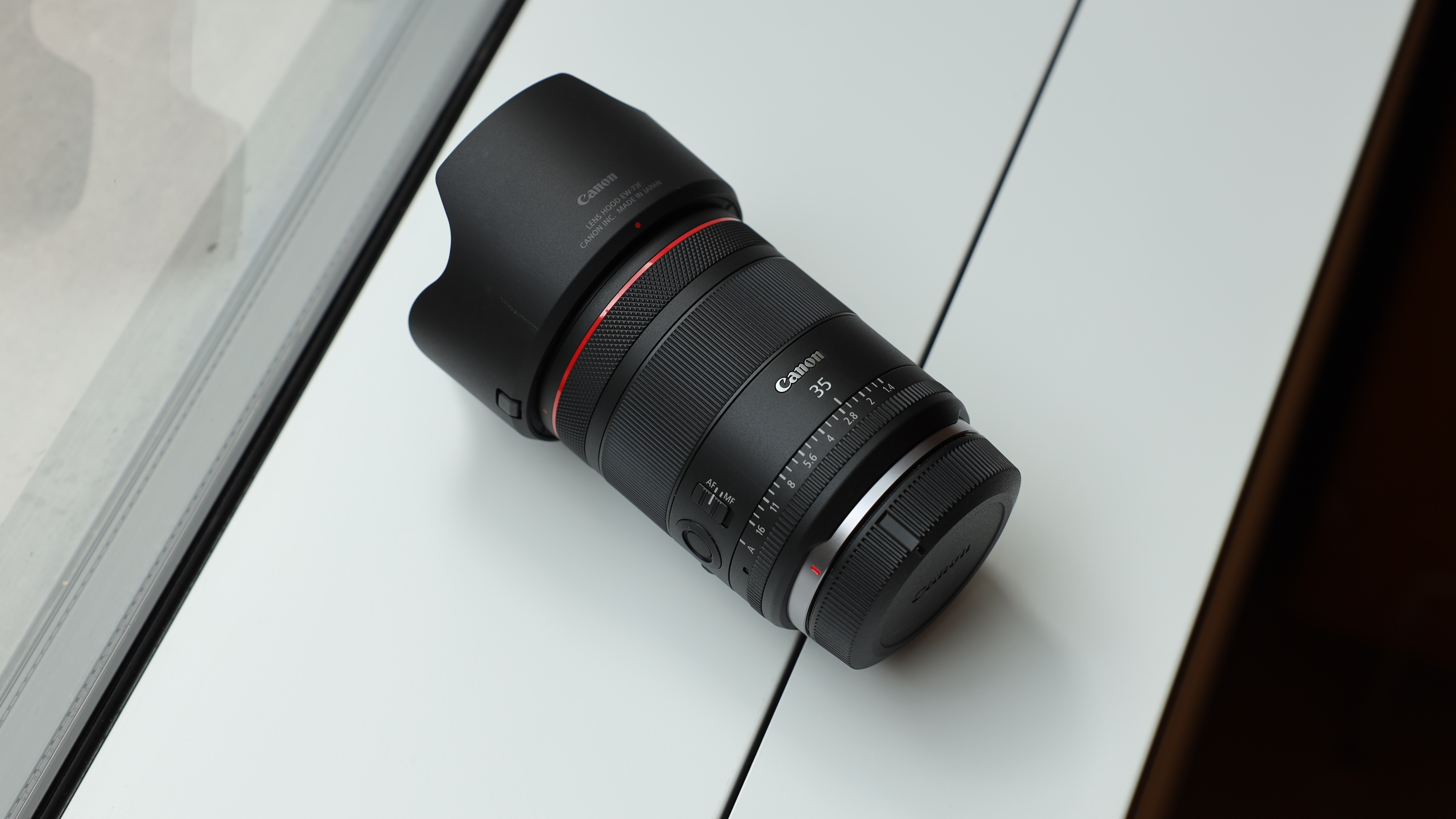
Almost six years after the announcement of the Canon RF mount, we have seen a fair few lenses launched for Canon’s mirrorless cameras – 46 of them, in fact. One of the most eagerly awaited has always been the follow-up to the immensely popular EF 35mm f/1.4L II USM, but announcement after announcement it has been left out of Canon’s plans.
But the wait is over and Canon has finally launched the Canon RF 35mm f/1.4 L VCM, although with a few new twists on its EF brother.
Most notably, the RF 35mm becomes the second hybrid lens after the Canon RF 24-105mm f/2.8 IS USM Z, which means it features an aperture ring (or iris ring, as Canon seems to prefer). The catch – it only works during video capture. With much of the feedback surrounding the 24-105mm lens being from disappointed stills photographers, it seems Canon is still sticking to its guns with these hybrid lenses.
Canon is also confirming alongside this launch that we are going to be seeing even more of these hybrid lenses going forward, and perhaps it's even the new normal for L-series lenses, so we will have to wait and see how the iris ring drama plays out in future updates.
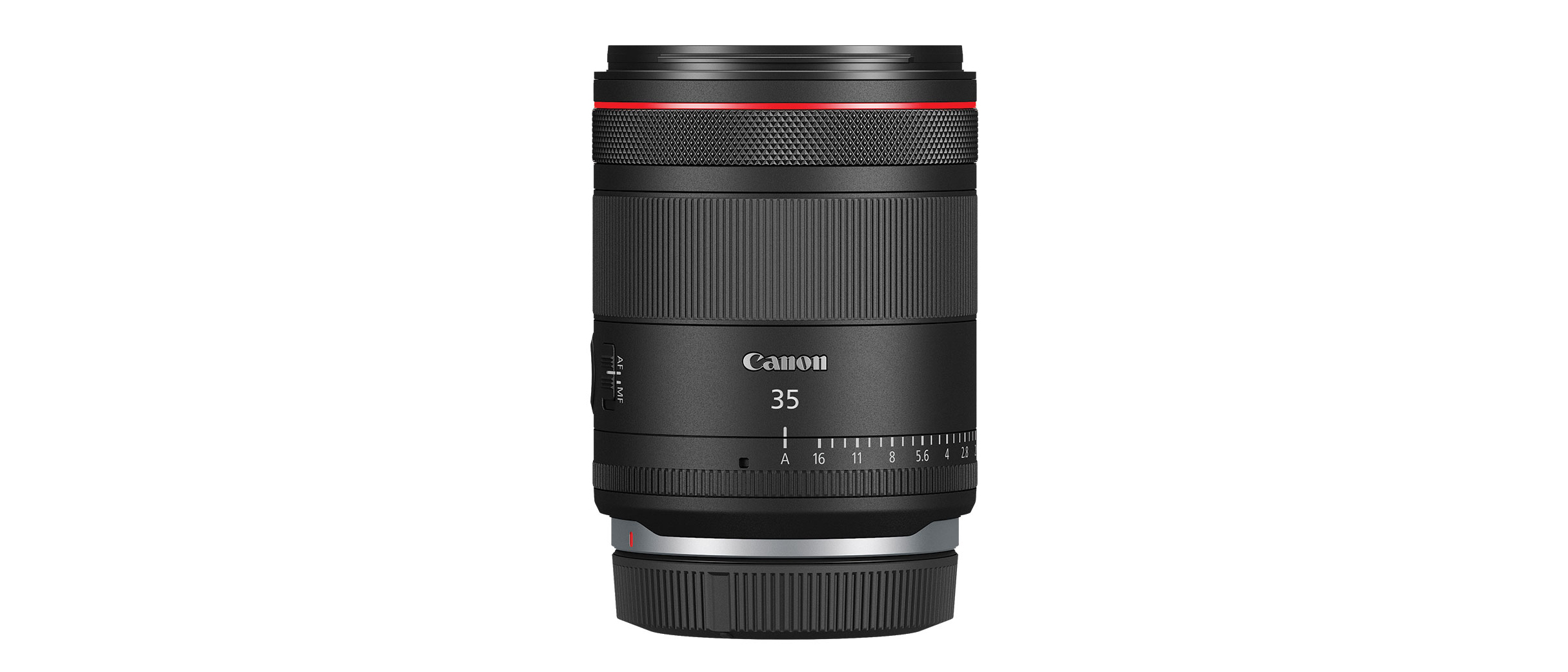
As well as the iris ring, the lens design adds a custom function button to the side of the lens barrel, a control ring and features the usual full-time MF/AF switch. The new RF 35mm is marginally smaller than the EF version, although is considerably lighter at 555g (19.58oz) versus 760g (26.8oz). That doesn’t take into account the additional bulk of the EF-RF mount adapter needed to use the older lens on mirrorless bodies.
Also new in the RF 35mm lens is a brand new autofocus motor, the very first lens from Canon to use a voice coil motor (VCM) alongside Canon's staple Nano USM autofocus. The new VCM should enable the lens to focus quieter, faster and more precisely than the previous Ultrasonic Motor (USM) autofocus alone. Canon also claims that in video recording, the RF 35mm exhibits less focus breathing than rival lenses.
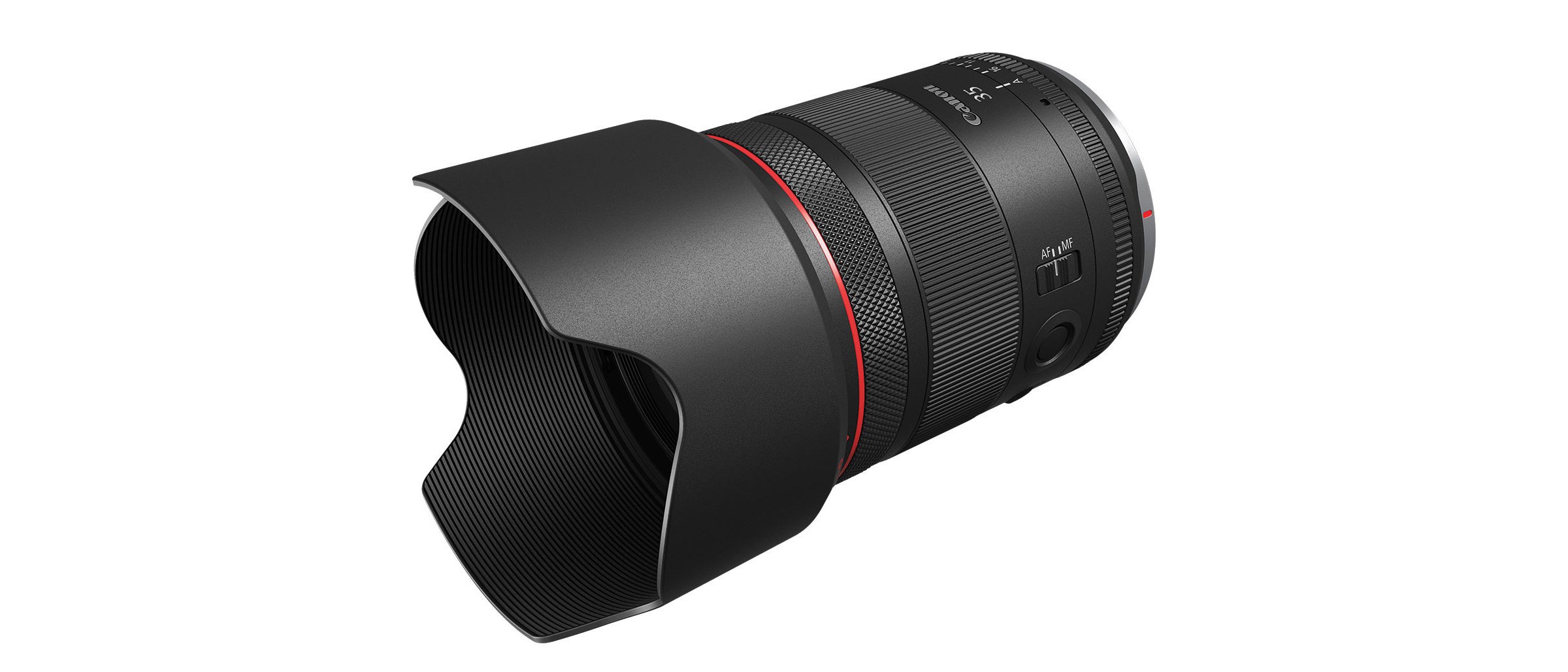
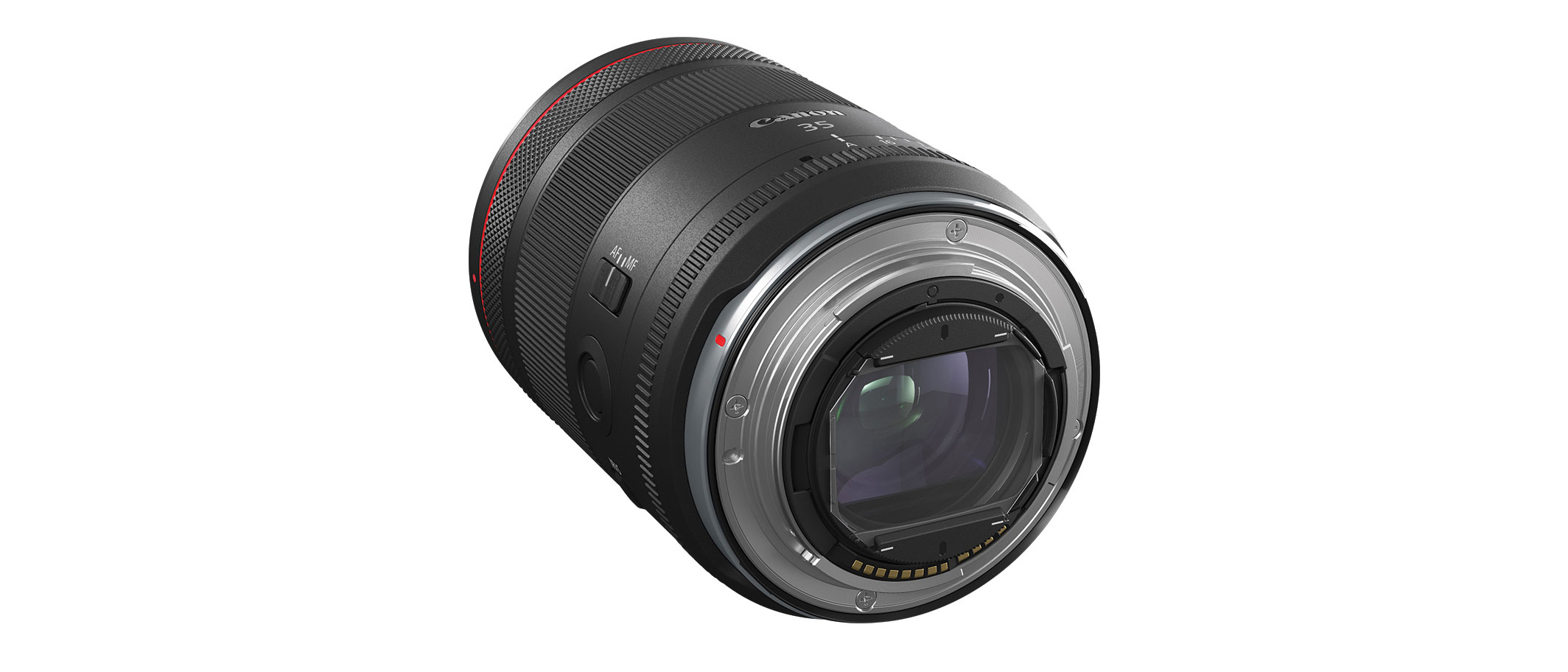
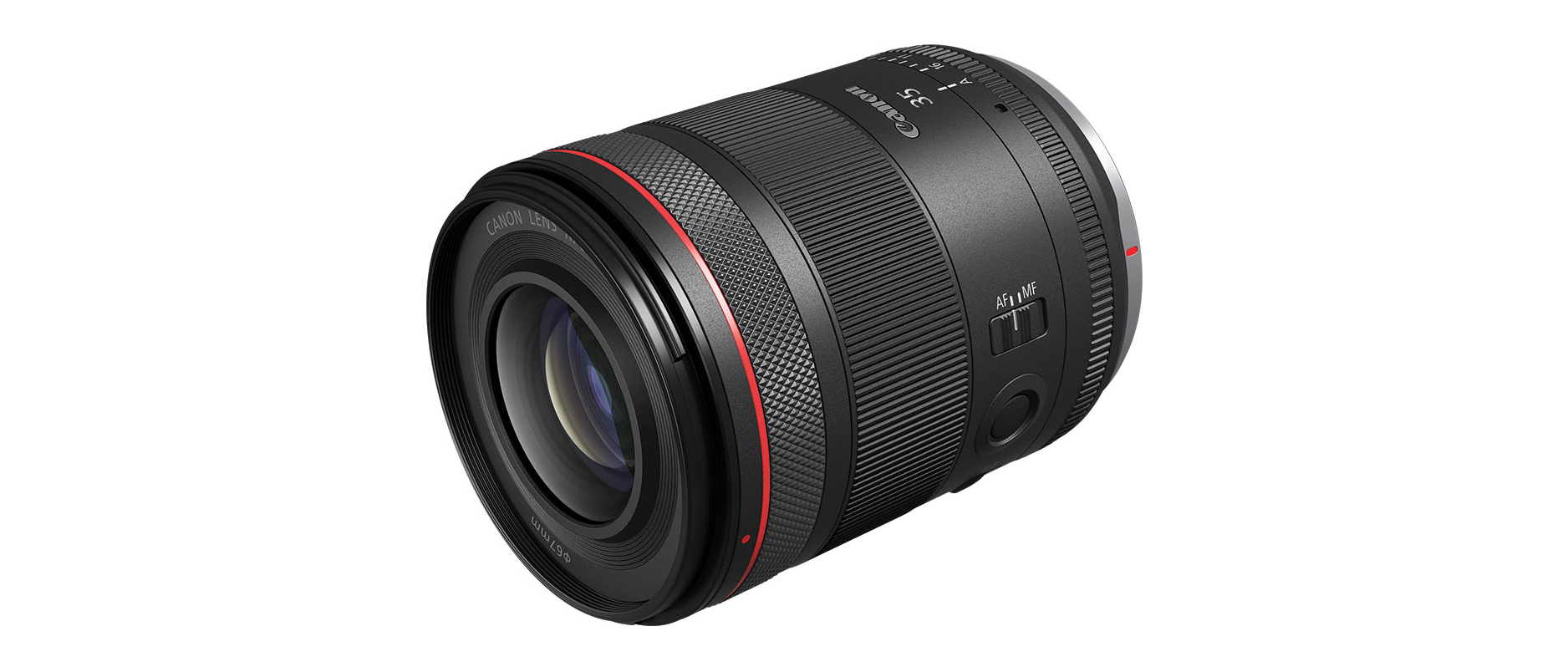
Internally, the RF 35mm lens is made up of 14 elements in 11 groups and features 2 UD lenses, correcting chromatic aberration, and 2 aspherical lenses. The lens also has a rounded 11-blade aperture for smooth background blur and bokeh balls. For attaching filters, there is a 67mm thread on the front of the lens, and it also comes with a removable filter holder in the rear.
With the eye-watering price of the 24-105mm hybrid lens, anyone worried about a big price rise for the RF 35mm f/1.4 can rest easy, with the lens costing $1,499 / £1,819.99 / AU$2,699 at launch.
This is actually a little cheaper than the $1,799 / £1,799.99 / AU$3,569 that the EF 35mm version cost at launch. Although of course, on the second-hand market, you can pick up the older EF lens for a bargain price. The lens will go on sale in July, with pre-orders open now.
For more on all things Canon check out our guides for the best Canon camera and the best Canon RF lenses.







